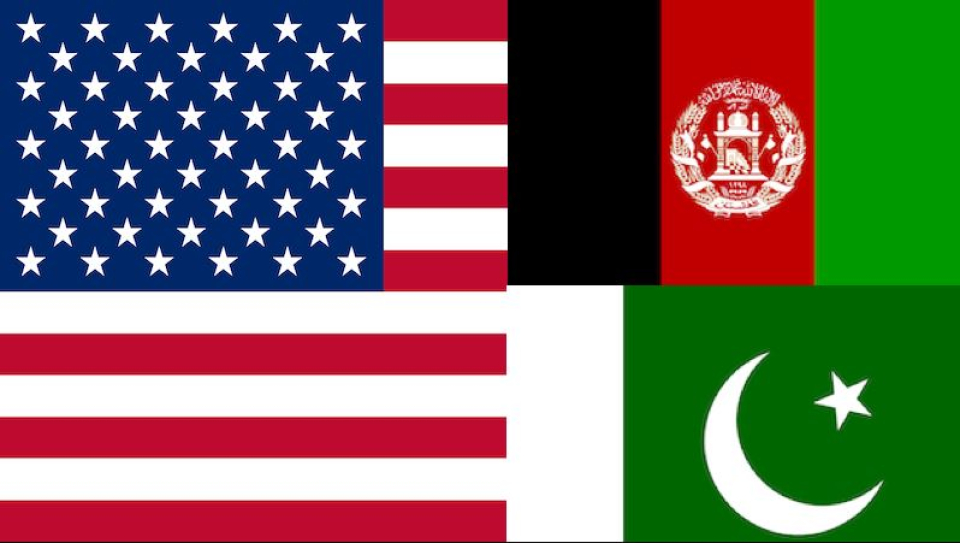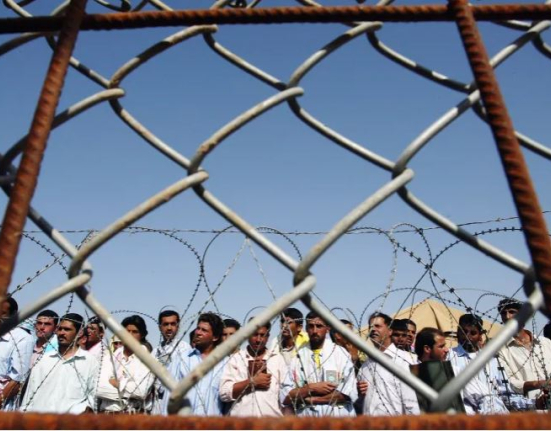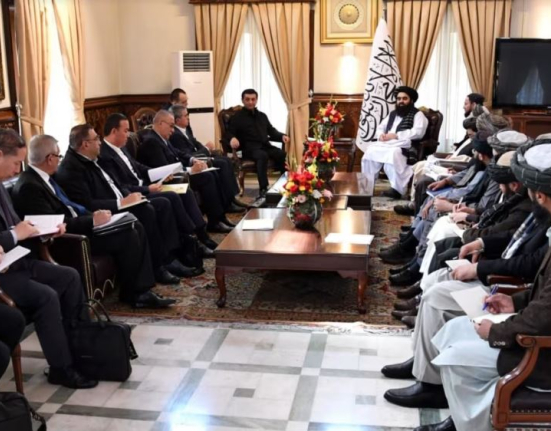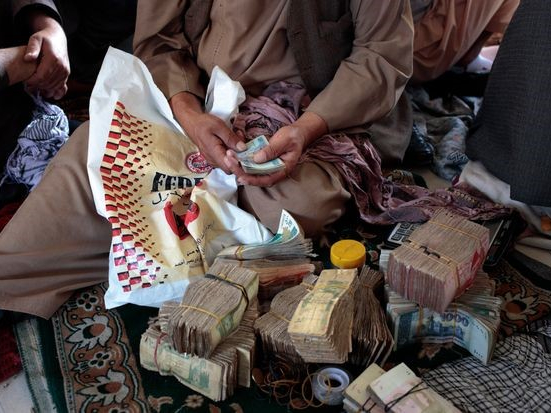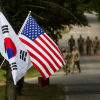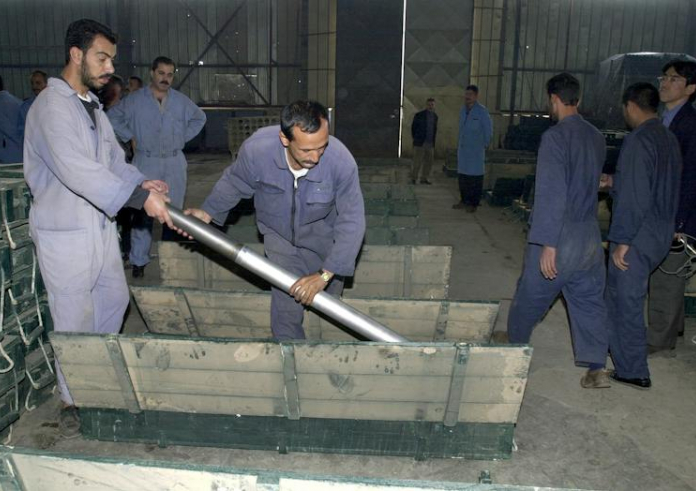By Muhammad Amir Rana
While Pakistan initially harbored hopes for improved relations with the TTA (Tahreek-e Taliban Afghanistan) following the formulation of the IAG (Interim Afghan Government) in Afghanistan, concerns regarding the Tehreek-e Taliban Pakistan (TTP) remained.
Experts had cautioned that friendly ties between the two nations would significantly depend on Kabul's ability to manage the TTP, a militant group responsible for numerous casualties in Pakistan.
This concern ultimately led Pakistan to hesitantly welcome the TTA’s offer of facilitating peace talks with the TTP, aimed at a peaceful resolution to the longstanding conflict.
Optimism bloomed in Islamabad that the IAG would finally address the issue of groups whose activities destabilized Pakistan and other Afghan neighbors.
However, this optimism proved short-lived. After months of talks with the TTP, a stark reality emerged: either the bond between the IAG and the TTP was far more robust than the ruling government’s ties with Pakistan, or IAG’s willingness to forego its leverage with TTP was grossly miscalculated by Pakistan. When Pakistan expressed concerns about the effectiveness of talks with the TTP, urging Kabul to explore other avenues for addressing bilateral issues, the Taliban stance remained firm.
They reiterated their belief in facilitating TTP talks as the preferred solution. Notably, instead of exploring alternative approaches, the IAG engaged in a media campaign criticizing Pakistan for its failure to put its house in order and went to the extent of attributing their internal problems to Pakistani interference. Ironically, accusations like Pakistan's alleged support for IS-K, a declared enemy of the IAG, further strained the relationship.
Understandably, some anti-Pakistan sentiment may exist within the TTA ranks, potentially stemming from influences of previous governments and individuals. However, focusing solely on these sentiments and propagating them through media only deepens the divide between the two nations. Engaging in fact-based dialogue and exploring solutions, including the TTP, might prove more productive in rebuilding trust and addressing shared concerns.
By addressing the issue constructively and exploring options beyond a singular approach, Pakistan and the IAG can build a more stable and cooperative relationship, beneficial to both nations and the wider region.
The peace agreement between Pakistan and the TTP through Afghan mediation fell apart quickly due to the TTP's unwillingness to cooperate. Pakistan, hoping for a peaceful resolution, ended up facing renewed threats from the militants.
Instead of disarming the TTP, the manifestation of agreement at lower levels seemed to open the door for their return to violence, jeopardizing the hard-won peace in Pakistan's tribal areas. For Pakistan, which has suffered greatly from TTP attacks, such concessions were impossible to accept for an uncertain peace. Pakistan had proof that the TTP was still active in Afghanistan.
This raised questions about the situation that Afghanistan defied Pakistan by allowing the TTP to operate, or were they simply unable to stop them? This unstable situation felt like a dangerous sign on the edge of chaos. While some in Afghanistan's media attribute the shift in approach to changes within Pakistan's military leadership, it is important to understand the broader context.
Pakistan initially permitted some former TTP fighters to return and reintegrate into society, seeking to assess their commitment to a peaceful life. However, instances emerged where some individuals violated the terms of the deal and returned to previous militant activities, raising concerns about the effectiveness of reintegration efforts. Local outcry erupted as communities felt the bitter sting of renewed threats.
The question resonated: If genuine surrender or escape was desired, why restructure the organization and establish bases within Pakistan? This suspicion painted a stark picture of the TTP exploiting peace talks to regroup and infiltrate. Public consensus echoed the government's stance for no re-entry of those responsible for innocent lives lost. While Pakistan sought sincere efforts from the Afghan Taliban, their historical partnership with the TTP cast a shadow of doubt. Claims of a potential TTP alliance with IS-K or rebellion against the IAG were seen as flimsy excuses.
Mawlawi Hibitullah Akhundzada’s leadership held sway as the TTP was under his allegiance, and his ambiguous pronouncements, rather than clear directives, fueled skepticism. This suggested not just ideological alignment with the TTP but a calculated strategy to perpetuate instability in Pakistan, mirroring past governments. Pakistan's demands remained to stop cross-border attacks, military options never being the goal. A suggestion of relocating TTP infrastructure away from its border may provide an opportunity for TTP leadership to rethink and mainstream with the Afghan society. This strategic shift also aimed to disrupt their plans and incentivize a change of course.
As far as the TTP's demand for abolishing the British-era draconian FCR is concerned, integrating the tribal districts into mainstream Pakistan reflected a long-held desire of many residents for greater political and social inclusion. While the TTP's motives remain debatable, their proposed approach, including withdrawing the military and reinstating FATA status, raised concerns about potential security risks.
This is also interesting because the TTP, which claims to be a religious organization, was demanding the political and social code back, which was imposed by the colonial powers. Accepting such a demand would have been a setback for the GOP because it would have meant a defeat and an exercise against the wishes of the people.
Regarding the IAG’s concerns about the repatriation of illegal immigrants, it is important to acknowledge Pakistan's legitimate security concerns. No nation in the world can host unregistered refugees posing challenges. The registered Afghan refugees have not caused much concern to Pakistan.
In that context, a very comprehensive article authored by the PM of Pakistan appeared in The Telegraph, the UK’s leading newspaper, which outlines Pakistan’s case perfectly.
The TTA knows the reality of IS-K. It is important to acknowledge that all terrorist organizations pose threats to Afghanistan and Pakistan. The Taliban's past struggle against IS-K demonstrates their understanding of the group's dangerous ideology.
Similarly, Pakistan's longstanding concerns about TTP cross-border attacks are valid. Both nations must prioritize regional stability and strive to dismantle these militant networks.
Building a peaceful and stable Afghanistan is a shared interest for the region Afghanistan’s current situation presents challenges and opportunities for regional peace and stability.

